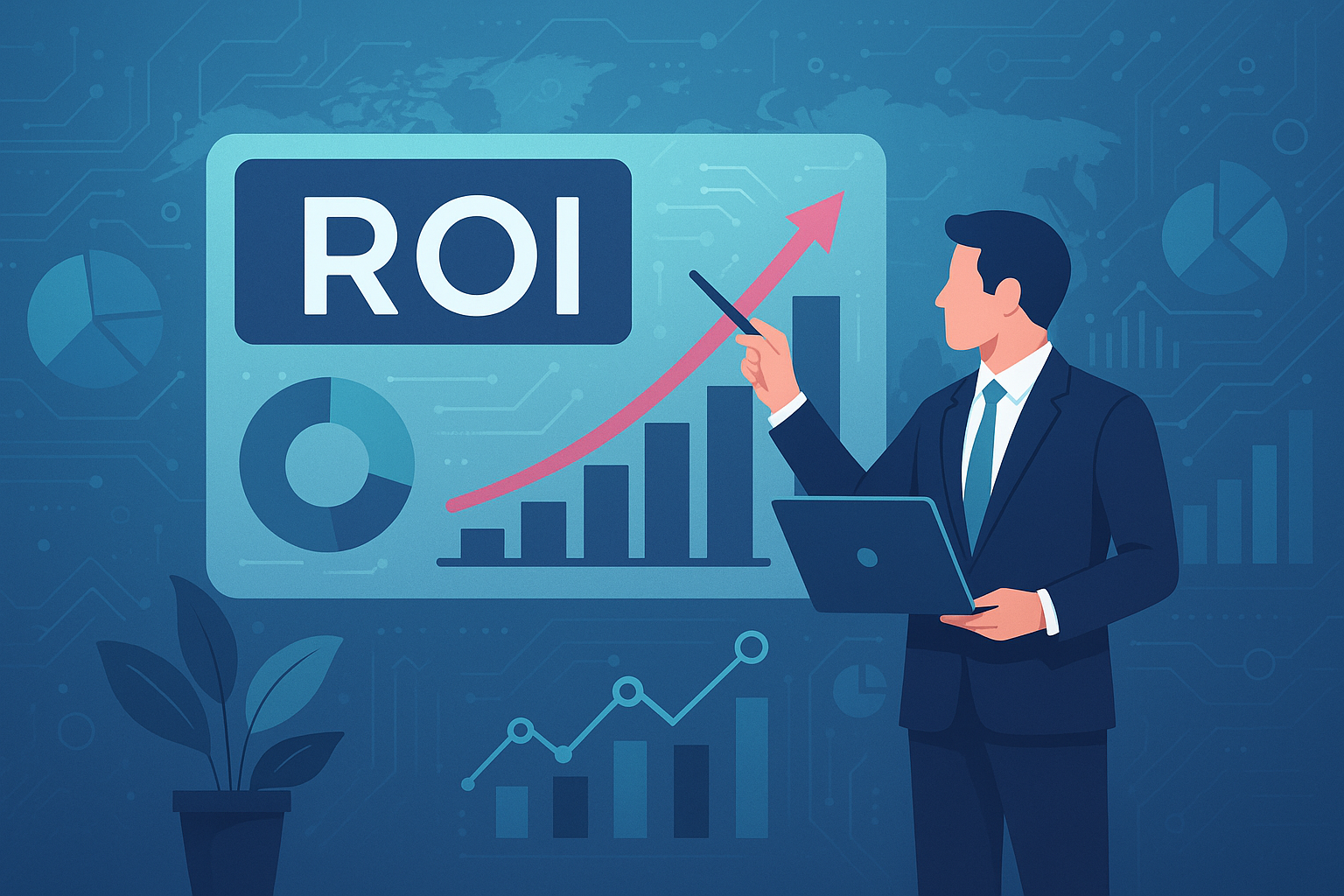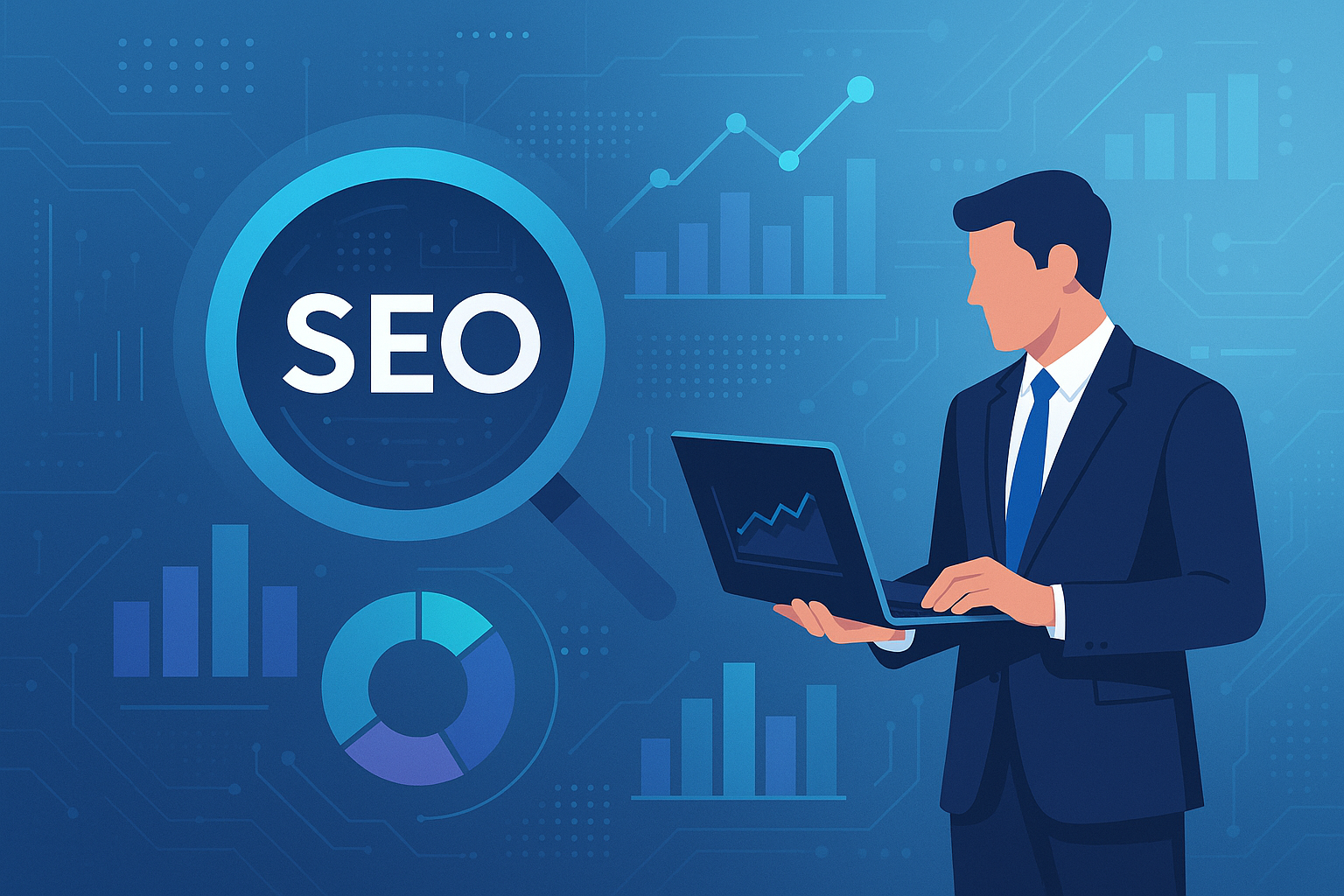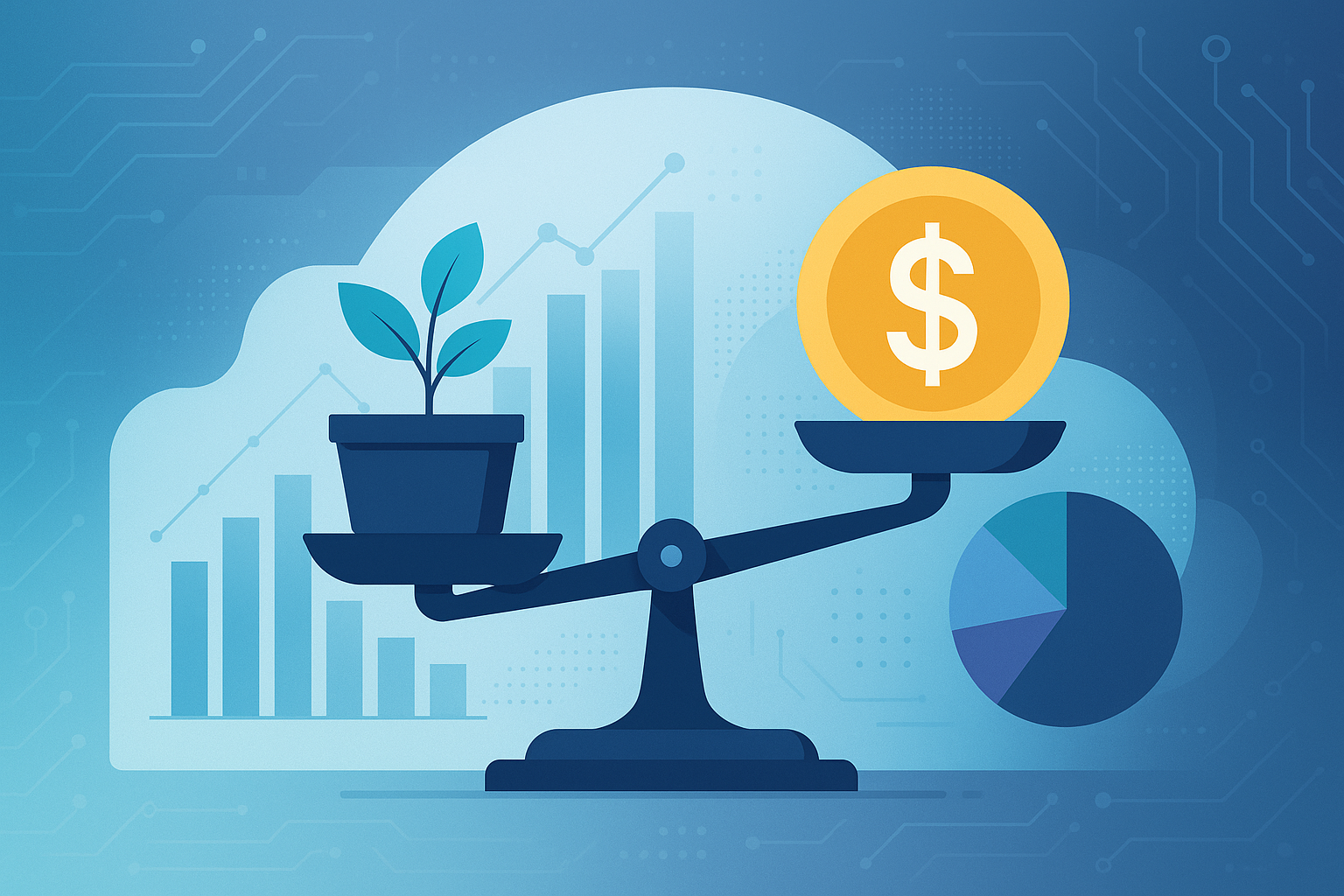In a world where 91% of consumers prefer brands that recognize their preferences (Accenture), it's clear that personalized digital marketing is no longer optional—it's essential. Yet, many businesses struggle not only to generate qualified leads but also to measure the ROI of their digital marketing investments. The stakes are high: without a clear ROI, marketing budgets can quickly spiral out of control, leaving companies with little to show for their efforts. This article will explore how businesses can overcome these challenges by implementing effective SEO strategies, leveraging emerging digital marketing trends, and balancing organic and paid efforts. By the end, you'll see how Quicklook's data-driven approach can transform your digital marketing efforts into measurable business growth.
Understanding the ROI of Digital Marketing Campaigns

Measuring digital marketing ROI is often the Achilles’ heel for many businesses. Without clear metrics, it's challenging to justify marketing spend or tweak strategies for better outcomes. According to Gartner, companies that use data-driven strategies achieve 5-8 times the ROI compared to those that don't. So, how do you effectively measure ROI? Start by tracking Customer Lifetime Value (CLV) and Cost Per Acquisition (CPA). These metrics provide a comprehensive view of the value generated relative to the marketing investment. Tools like Google Analytics 4 (GA4) and Salesforce Marketing Cloud can offer insights into customer behavior and campaign performance.
Understanding ROI is the first step; next, we need to tackle SEO as a core component of your digital strategy.
SEO Best Practices for 2025

SEO is evolving rapidly, especially with Google's Core Web Vitals update emphasizing page speed and mobile-friendliness. By 2025, half of all searches will be conducted via voice assistants (Gravitasin), necessitating a shift in SEO strategies. To stay ahead, businesses must optimize for voice search and ensure compliance with evolving data privacy regulations. Implementing Generative Engine Optimization (GEO) can help improve visibility in AI-generated search results. This includes using natural language processing to better align with how voice assistants interpret queries.
With a solid SEO foundation, it's important to address content saturation and how businesses can stand out.
Overcoming Content Saturation in Digital Marketing

The digital landscape is flooded with content, making it challenging for businesses to capture and retain audience attention. Companies must innovate by adopting unique content formats like interactive videos, podcasts, and immersive experiences. Personalized content, powered by AI, can significantly enhance customer engagement. According to Accenture, 91% of consumers are more likely to shop with brands that provide relevant recommendations. Employing dynamic content platforms like Dynamic Yield can help tailor experiences to individual preferences.
As you innovate with content, balancing organic and paid marketing efforts is vital to maximizing ROI.
Balancing Organic and Paid Marketing Efforts

Finding the right mix between organic and paid marketing is crucial for maximizing ROI. Organic marketing, such as SEO and social media engagement, builds long-term value and brand trust. However, paid marketing offers immediate visibility and targeted reach. Emerging platforms like TikTok and Pinterest provide cost-effective avenues for paid campaigns. To achieve the best results, businesses must integrate both strategies, using data analytics to refine targeting and optimize budgets.
With a balanced approach, it's essential to stay ahead of emerging trends in digital marketing.
Emerging Digital Marketing Trends Executives Should Consider
As the digital marketing landscape evolves, staying ahead of trends is crucial. Voice and visual search are transforming how consumers find information, while data privacy compliance becomes a paramount concern. Executives should focus on first-party data collection strategies to navigate privacy regulations effectively. Furthermore, AI integration offers advanced personalization and automation capabilities, enhancing lead generation and ROI measurement.
With these trends in mind, businesses can implement practical frameworks for digital marketing success.
The 5-Phase Digital Marketing Implementation Roadmap
This roadmap provides a structured approach to enhance digital marketing ROI through strategic planning and execution.
Define Objectives
Set clear, measurable goals for campaigns.
Data Analysis
Utilize tools like GA4 for audience insights.
Strategy Development
Develop SEO and content strategies incorporating AI.
Execution
Implement campaigns across chosen platforms.
Performance Review
Regularly analyze campaign data and adjust strategies.
Frequently Asked Questions
QHow can I ensure my digital marketing strategy is compliant with data privacy laws?
QWhat metrics should I track to measure digital marketing ROI?
QHow do I balance my budget between organic and paid marketing?
QWhat role does AI play in enhancing digital marketing?
QHow can I optimize my content for voice search?
Conclusion
Digital marketing is an ever-evolving field that requires businesses to be agile and data-driven to maximize ROI. By embracing innovative strategies and tools, companies can overcome common challenges and achieve significant growth.
Key Takeaways
- ✓Leverage data-driven insights for informed decision-making.
- ✓Optimize SEO strategies for mobile and voice search.
- ✓Adopt innovative content formats to address saturation.
- ✓Balance organic and paid marketing for optimal ROI.
- ✓Stay abreast of emerging trends and adapt strategies accordingly.
Next Steps
Evaluate your current digital marketing strategies and identify areas for improvement. Consider partnering with experts like Quicklook to enhance your efforts.
Quicklook has helped dozens of companies transform their digital marketing efforts. Learn more about how we can help you achieve measurable growth.
